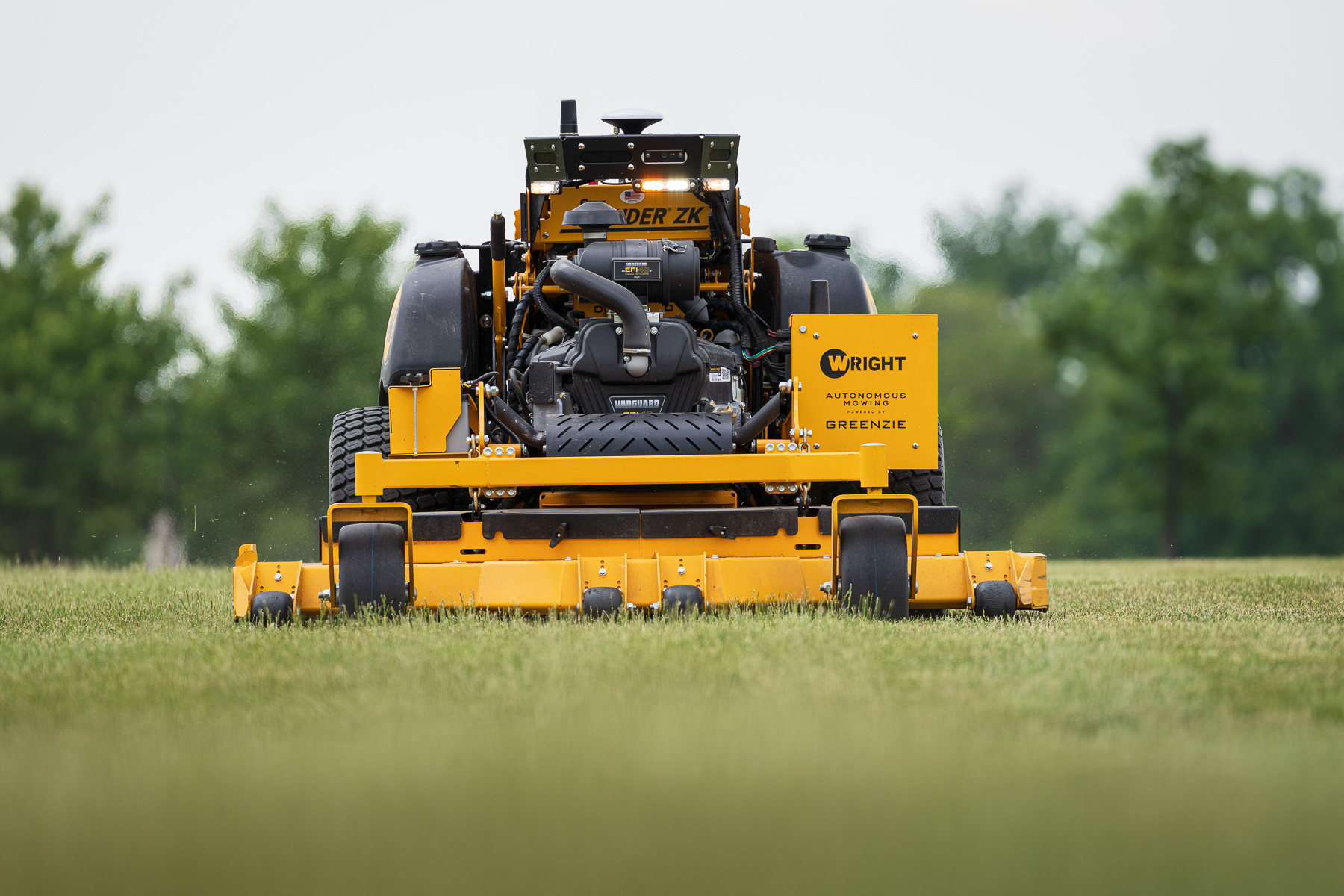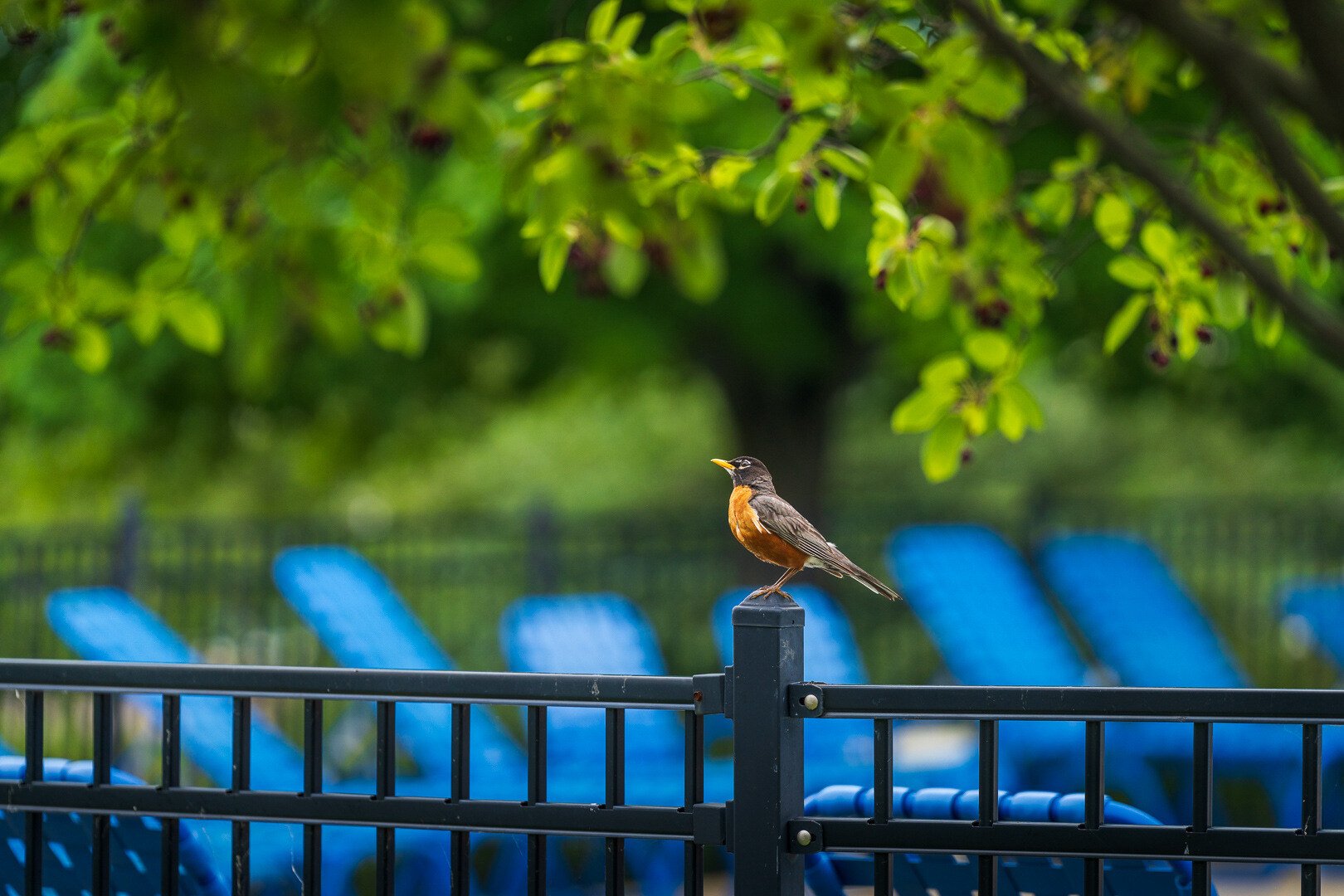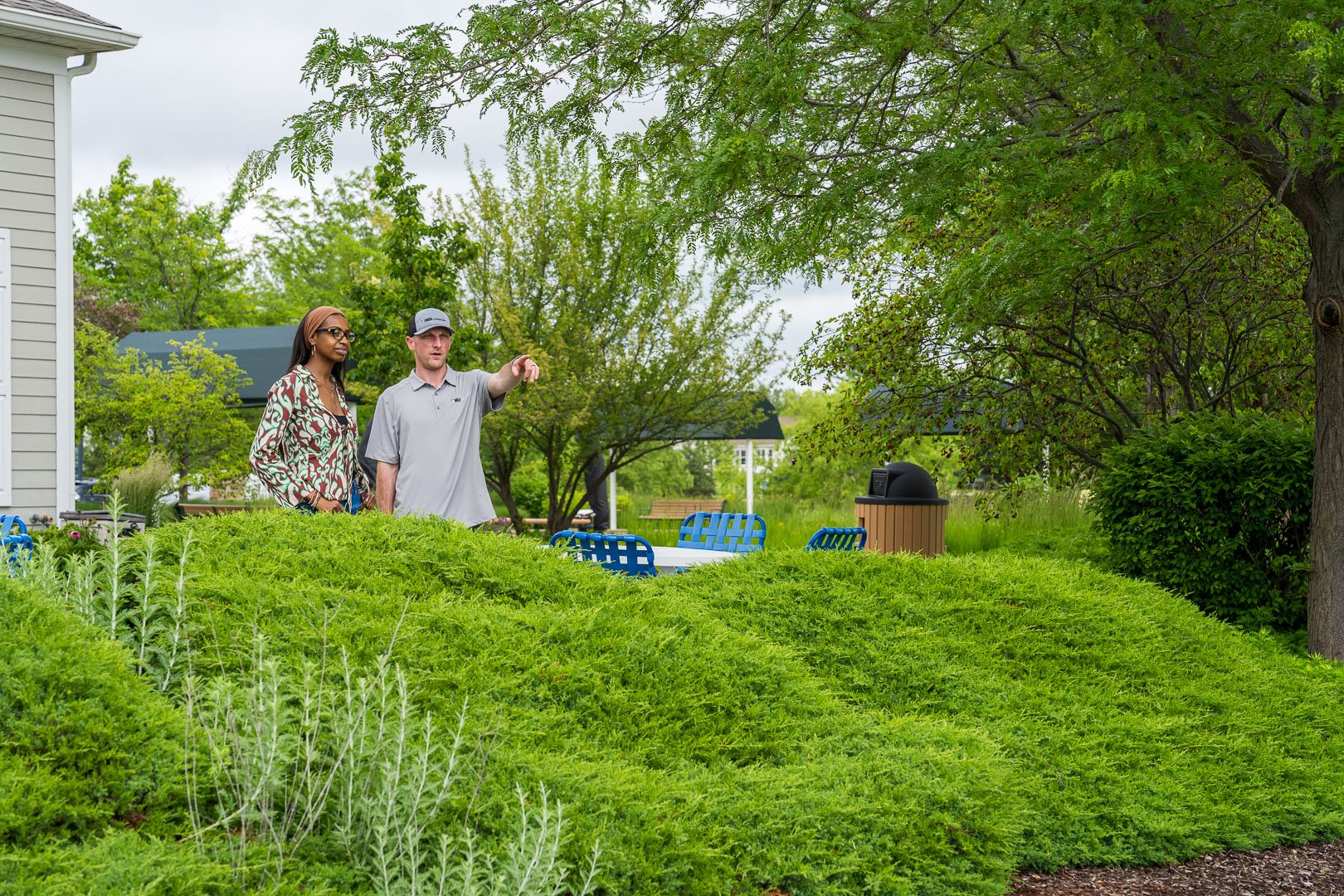When it comes to commercial property management, every detail matters—from the outdoor break areas at your office park to the parking lots and entryways at your retail center to the safe pathways leading to your industrial site to the amenities at your HOA.
Everything, including curb appeal, tenant satisfaction, and an attractive and well-groomed exterior, is essential for success. That’s the same for solar farms as it is for any of these other types of commercial properties.
Let’s talk about landscaping for solar farms and solar farm mowing contracts in Greater Chicago to help you better understand how this can work to benefit your business.
What Are Solar Farms?
First, to understand landscaping for solar farms, let’s talk about what these facilities entail.
Solar farms are large-scale solar panel installations designed to harness sunlight and convert it to electricity. Unlike rooftop solar panels for individual homes or businesses, solar farms are typically spread across large land areas, generating electricity for the grid or a utility company.

These facilities can vary in size – from smaller community solar projects to expansive utility-scale solar farms covering many acres.
Greater Chicago has experienced rapid growth in solar energy projects, driven by state policies and incentives, including the Future Energy Jobs Act (FEJA) and the Climate and Equitable Jobs Act (CEJA).
Some of the key trends include:
Increased Capacity
Illinois aims to significantly increase its solar capacity, aiming for 100 percent clean energy by 2050.
Community Solar Growth
Community solar farms allow residents and businesses to invest in solar projects without installing panels on their properties, democratizing solar energy access, particularly for renters and people in shaded areas.
Land Use
Many solar farms are being developed on unused agricultural land or former industrial sites. Some use the land for agriculture and solar energy production, making landscaping for these solar farms uniquely challenging.
Strong Incentives
Illinois has implemented strong incentives like the Solar Renewable Energy Credits to encourage solar farms of all sizes.
Job Growth
Solar energy development has boosted job growth in short-term construction and long-term maintenance.
Unique Needs of Solar Farm Mowing and Maintenance
When it comes to solar farm mowing, a Greater Chicago commercial grounds management company must have unique equipment to care for these spaces efficiently and effectively.

Check to see if they have these types of equipment so your solar farm mowing contract can lead to a mutually beneficial partnership.
Low-Profile Mowers
These mowers have a lower clearance to pass safely under solar panel arrays without causing damage. Often, tractor-mounted mowers or ride-on mowers with a low height are used.
Remote-controlled mowers: In hard-to-reach areas or when safety is a concern, remote-controlled mowers can help. These allow precise control in navigating around sensitive equipment.
Small Utility Mowers
Walk-behind or small riding mowers are sometimes used in tighter spaces between rows or near sensitive equipment.
Robotic Mowers
Some solar farms use autonomous electric mowers programmed to mow the vegetation continuously. These robotic systems can work around the clock, reducing labor costs and human intervention. Electric robotic mowers produce zero emissions, aligning with solar farms' clean energy goals, but they can also work in tight spaces and operate quietly.
Solar Grazing
Solar farms can even use sheep to trim grass around and under panels without damaging equipment. Solar grazing can promote biodiversity and supplement traditional mowing as a cost-saving measure.
In addition to mowing solar farm lawn areas, targeted herbicide applications are needed to control weed growth and prevent vegetation overgrowth. These are typically used sparingly for sustainability reasons.
Additionally, sometimes solar farms will even use low-growing groundcover plants, such as clover, to reduce the need for mowing in some areas. These plants generally require less maintenance and stay short, keeping the solar panels clear of shading.
Key Reasons Why Maintaining Your Solar Farm Vegetation is Crucial to Your Business Success
Solar farm vegetation management strategies are a key part of your landscape maintenance program because excess growth can lead to long-term problems.

Let’s look at some of the key reasons you want to stay on top of plant growth at your facility.
Managing Shade and Reduced Solar Output
Tall grass, weeds, and other plants can grow high enough to cast shadows on the solar panels.
Even small shade can significantly reduce the panels' efficiency, lowering overall energy output. Some estimates suggest that shading as little as 5% of a panel can reduce output by 20 percent or more.
This is a big reason why solar farm vegetation management is important.
Reducing Overheating and System Stress
Solar panels perform best when they can stay cool through natural air circulation, which is why controlling solar farm vegetation is key.
Excessive vegetation can block airflow around the panels, leading to overheating, which reduces energy efficiency and can stress the system.
If panels overheat frequently due to poor ventilation, they can also degrade more quickly over time, reducing their lifespan and increasing maintenance costs.
Addressing Pest and Wildlife Issues
Tall grasses and unkempt solar farm vegetation attract rodents, insects, and other wildlife. Animals may build nests around electrical components, chew on wires, or otherwise damage the equipment, leading to costly repairs.
Dry, overgrown grass can also become a fire hazard, especially in hot weather. Fires can quickly spread and cause damage to solar panels, inverters, and wiring, resulting in expensive damage and downtime for the facility.
Overcoming Accessibility and Maintenance Challenges
Overgrown solar farm vegetation makes it harder for workers to access critical parts of the solar farm for routine maintenance, repairs, or inspections. This can slow down response times in case of equipment failures or other issues, further reducing the facility's overall efficiency.
If not properly managed, overgrown plants can also cause physical damage to wiring and electrical infrastructure. Vines or shrubs might grow into sensitive equipment, leading to malfunctions or outages.
Improving Aesthetics and Avoiding Compliance Issues
Many solar farms are situated near residential areas or public spaces, and unkempt solar farm vegetation can create a negative visual impact, drawing complaints from neighbors or local authorities.
Some local governments or regulatory bodies also have specific rules about maintaining the land around solar farms. Failure to mow and control vegetation could result in fines or penalties if the facility does not meet local environmental or aesthetic standards.
Keeping Maintenance Costs in Check
Letting solar farm vegetation grow unchecked will ultimately lead to higher maintenance costs in the future.
If grass and weeds become too overgrown, more aggressive measures such as heavy mowing, brush removal, or herbicide application will be required, which can be more expensive than regular, routine mowing.
Maintaining Soil Erosion and Water Drainage
Solar farm vegetation that grows too aggressively can destabilize soil, particularly in areas with sloped terrain, increasing the risk of soil erosion.
This could impact the foundations of the solar arrays and make the site more prone to water runoff issues during heavy rains, potentially leading to flooding or water damage.
Trust KD Landscape With Your Solar Farm Mowing Contract
Managing your solar farm can be an overwhelming endeavor.
Instead of stressing about the job, trust an experienced Greater Chicago commercial landscape professional.
KD Landscape has extensive experience managing large-scale commercial landscapes like solar farms. Our experts’ understanding of efficiently planning and executing large projects ensures effective vegetation management around solar panels.
We focus on planning and scheduling to ensure that vegetation is managed year-round to avoid overgrowth, shading, and system stress.
KD Landscape also has a strong commitment to sustainability by using eco-friendly practices and promoting biodiversity through appropriate plant selections, which is critical for solar farms aiming to minimize environmental impact. Our innovative solar farm vegetation management strategies ensure you stay within budget and receive the maintenance you need to reach your performance goals.
Want to learn more about commercial landscape design and maintenance in Greater Chicago? Get started today with an on-site consultation. We’ll review your options together so you can make a great choice.







